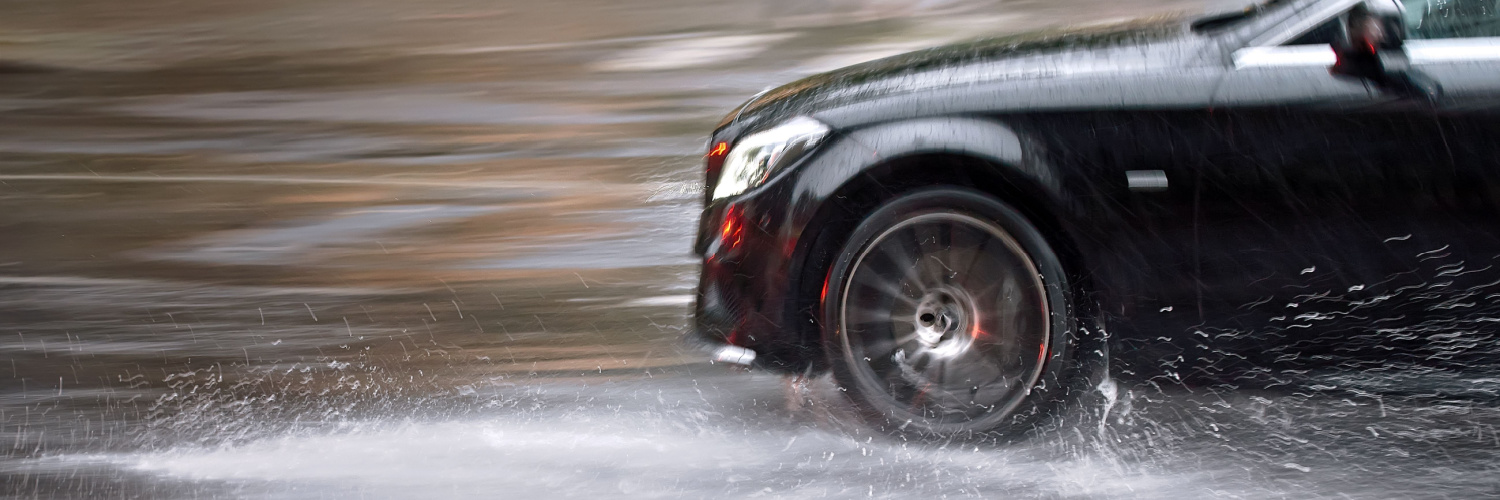When you’re behind the wheel, your safety and those around you should always be a top priority. One aspect of driving safe that is often overlooked is the quality and type of tires on your vehicle. This is particularly important when it comes to wet weather driving. In conditions where the roads are slick with rain, having the right tires can make a significant difference in your ability to maintain control and avoid accidents. Let’s dive into the details of how to choose the right tires for wet weather driving.
Contents
You can rent your ideal car with the best setup for the weather via Yolcu360! Check thousants of car rental options in more than 180 countries!
Understanding Tire Tread
The tire tread is the rubber on its circumference that makes contact with the road or the ground. The primary function of tread is to divert water from beneath the tire to improve traction and avoid hydroplaning in wet roads. When driving in wet conditions, it’s essential to ensure your tires have adequate tread depth. Balding tires can lead to a loss of traction, causing your vehicle to slip or skid on wet surfaces.
Tires with a good amount of tread depth can effectively channel water away from the contact patch, the area of the tire that touches the road. This reduces the risk of hydroplaning, a situation where your car loses contact with the road and starts gliding on a layer of water instead.

Importance of Tire Pressure
Maintaining the right tire pressure is crucial for safe driving, especially in wet conditions. Underinflated tires may not be able to repel water as effectively as properly inflated ones, increasing the risk of hydroplaning. They also wear out more quickly and unevenly, reducing their lifespan.
On the other hand, overinflated tires have a smaller contact area with the road, which can reduce traction and make them more susceptible to damage from potholes and other road hazards. Therefore, always check your tire pressure regularly, and adjust it according to the manufacturer’s recommendations.
Wet-Weather Specific Tires
There are tires specifically designed for wet-weather performance. These tires often have unique tread patterns and rubber compounds that provide better grip and water evacuation capabilities. They provide a significant advantage when driving in rain, reducing the risk of hydroplaning and allowing for better control.
However, while these tires perform exceptionally well in the rain, they may not offer the same level of performance in dry conditions or in snow. Therefore, consider your local climate and the type of driving you do before investing in wet-weather specific tires.

All-Season Tires
All-season tires are designed to perform reasonably well in a variety of conditions, including wet roads. They have a balanced tread pattern that provides good traction in both dry and wet conditions, making them a versatile choice for many drivers.
While all-season tires may not offer the same level of wet-weather performance as rain-specific tires, they are often a more practical choice for drivers who experience a range of weather conditions. However, it’s important to note that all-season tires are a compromise and may not perform as well in extreme conditions.
Performance Tires
Performance tires are designed for high-speed driving and have softer rubber compounds for better grip. However, this soft rubber also makes them excellent for wet conditions. The grooves in performance tires are usually wider and more straight-forward, allowing water to be channeled away effectively.
But remember, performance tires wear out faster due to their soft rubber, and they can be more expensive than other types of tires. So, if you decide to go this route, be prepared for the extra costs associated with it.

Winter Tires
While winter tires are primarily designed for snow and ice, many also offer excellent wet-weather performance. They are made with a special rubber compound that stays flexible in cold temperatures, providing superior grip in the wet and cold.
Remember, however, that winter tires wear rapidly in warm weather. Therefore, they are not suitable for year-round use in most climates. If you live in an area with a harsh winter, consider having two sets of tires – one for the colder months and one for the rest of the year.
Tire Age and Condition
Even if a tire has plenty of tread depth left, its age and condition can affect its performance in the wet. As tires age, the rubber becomes hard and less flexible, reducing its ability to grip the road. Any visible cracks or bulges on a tire are signs that it’s time to replace them, regardless of their age.
It’s generally recommended to replace tires every six years, even if they appear to be in good condition. However, this can vary depending on the quality of the tire, how it’s been stored, and how much it’s been used.

Brand Reputation
While it may be tempting to save money with budget tires, it’s important to consider brand reputation when choosing tires for wet weather driving. Reputable brands have put significant research and development into their tires, ensuring they perform well in various conditions.
That’s not to say budget tires can’t be a good option. However, make sure to do your research and read reviews before making your decision. Remember, your safety is at stake.
Fuel Efficiency
Some tires are designed to reduce rolling resistance, which can improve fuel efficiency. This can be a great way to save money in the long run, especially if you do a lot of driving.
However, keep in mind that tires with low rolling resistance may not offer the best wet-weather performance. Be sure to balance your need for fuel efficiency with your need for safety and performance in wet conditions.

Noise Level
Tire noise can be a significant factor for some drivers. Some tires are designed to be quieter than others, which can make for a more comfortable driving experience, especially on long trips.
However, like fuel efficiency, noise level should not be your primary concern when choosing tires for wet weather driving. Safety should always come first.










Add comment